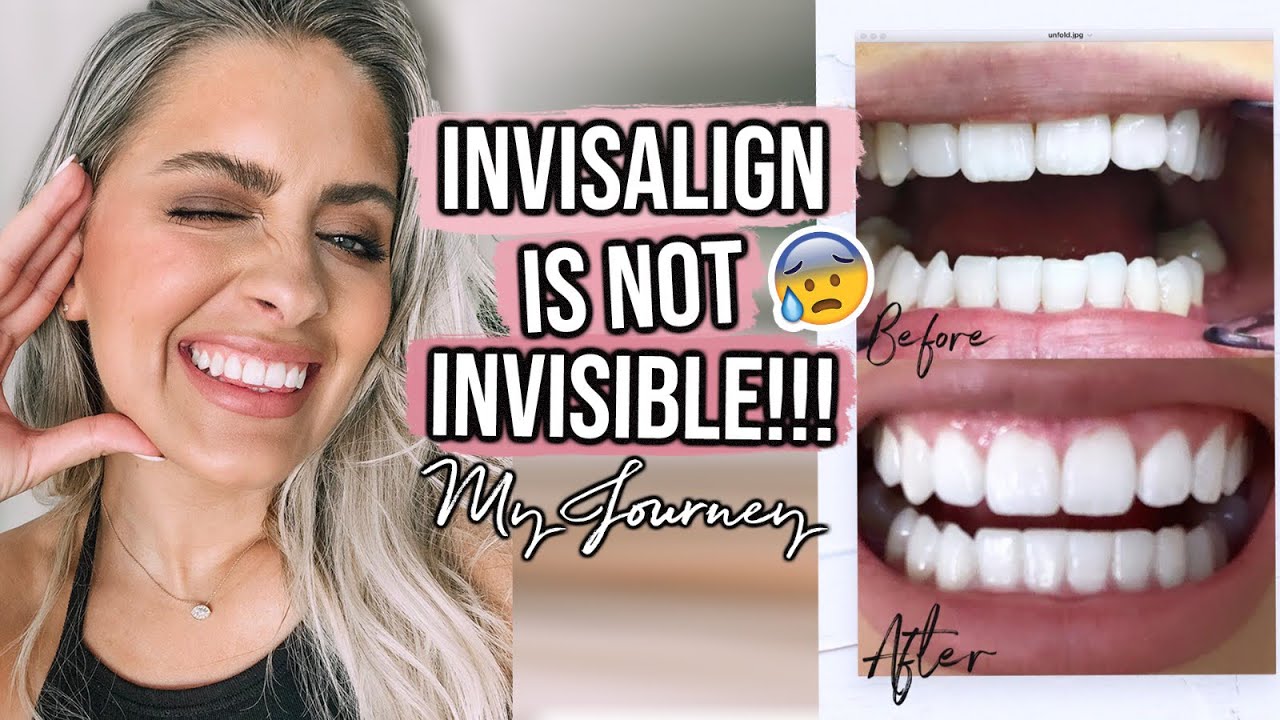How To Shave Down Teeth? Easy Smile Solution

Shaving down teeth, also known as enamel reshaping or dental contouring, is a cosmetic dental procedure that involves removing small amounts of tooth enamel to improve the shape, size, or appearance of teeth. This procedure can be performed to address various aesthetic concerns, such as misshapen or uneven teeth, teeth that are too long or too short, or teeth with minor chips or cracks.
Understanding the Process
Before we dive into the process of shaving down teeth, it’s essential to understand the anatomy of a tooth. The enamel is the hard, outer layer of the tooth that protects it from decay and damage. Dentin, a softer layer, lies beneath the enamel, and the pulp, which contains nerves and blood vessels, is at the center of the tooth.
Shaving down teeth involves using a dental drill or laser to remove small amounts of enamel from the affected teeth. The goal is to reshape the teeth to achieve a more uniform appearance, improve the bite, or enhance the overall aesthetic of the smile.
Is Shaving Down Teeth Right for You?
Shaving down teeth can be an effective solution for individuals with minor tooth imperfections. However, it’s crucial to consult with a dental professional to determine if this procedure is right for you. Your dentist will evaluate your teeth and recommend the best course of treatment based on your unique needs and goals.
Some common reasons why individuals may consider shaving down teeth include:
- Misshapen or uneven teeth
- Teeth that are too long or too short
- Minor chips or cracks in the teeth
- Uneven tooth edges
- Teeth that are overlapping or crowded
The Procedure: A Step-by-Step Guide
If you’re considering shaving down teeth, here’s what you can expect during the procedure:
- Consultation: Schedule a consultation with your dentist to discuss your concerns and determine if shaving down teeth is the right solution for you.
- Preparation: Your dentist will prepare your teeth for the procedure by cleaning and drying them.
- Anesthesia: Depending on the extent of the procedure, your dentist may administer local anesthesia to numb the area.
- Shaping: Using a dental drill or laser, your dentist will carefully remove small amounts of enamel from the affected teeth to reshape them.
- Polishing: After shaping, your dentist will polish the teeth to smooth out any rough edges or surfaces.
- Follow-up: Schedule a follow-up appointment with your dentist to ensure the teeth are healing properly and to address any concerns.
Benefits and Risks
Shaving down teeth can have several benefits, including:
- Improved appearance of the teeth
- Enhanced self-confidence
- Better oral function
- Reduced risk of tooth decay or damage
However, there are also some risks associated with shaving down teeth, such as:
- Tooth sensitivity
- Enamel wear
- Increased risk of tooth decay or damage
- Nerve damage (although rare)
Real-Life Examples
To illustrate the effectiveness of shaving down teeth, let’s consider a few real-life examples:
- Case Study 1: A 30-year-old woman with minor chips on her front teeth underwent enamel reshaping to improve the appearance of her smile. After the procedure, she reported a significant boost in confidence and was pleased with the natural-looking results.
- Case Study 2: A 40-year-old man with uneven teeth edges opted for dental contouring to enhance the overall aesthetic of his smile. The procedure took less than an hour, and he was able to return to work immediately after.
Alternatives to Shaving Down Teeth
While shaving down teeth can be an effective solution for minor tooth imperfections, it’s not the only option available. Some alternatives include:
- Veneers: Thin, porcelain shells that are bonded to the front of the teeth to improve their appearance.
- Crowns: Caps that cover the entire tooth to restore its shape, size, and appearance.
- Bonding: A procedure that involves applying a tooth-colored resin to the teeth to repair minor chips or cracks.
- Orthodontic treatment: A procedure that involves using braces or aligners to straighten and align the teeth.
Conclusion
Shaving down teeth can be a effective solution for individuals with minor tooth imperfections. However, it’s essential to consult with a dental professional to determine if this procedure is right for you. By understanding the process, benefits, and risks associated with shaving down teeth, you can make an informed decision about your smile.
What is the difference between shaving down teeth and veneers?
+Shaving down teeth involves removing small amounts of enamel to reshape the teeth, while veneers involve bonding a thin, porcelain shell to the front of the teeth to improve their appearance.
Is shaving down teeth a painful procedure?
+Shaving down teeth is typically a painless procedure, although some individuals may experience minor discomfort or sensitivity. Your dentist may administer local anesthesia to numb the area, if necessary.
How long does the shaving down teeth procedure take?
+The length of the procedure varies depending on the extent of the treatment. On average, shaving down teeth can take anywhere from 30 minutes to several hours.
